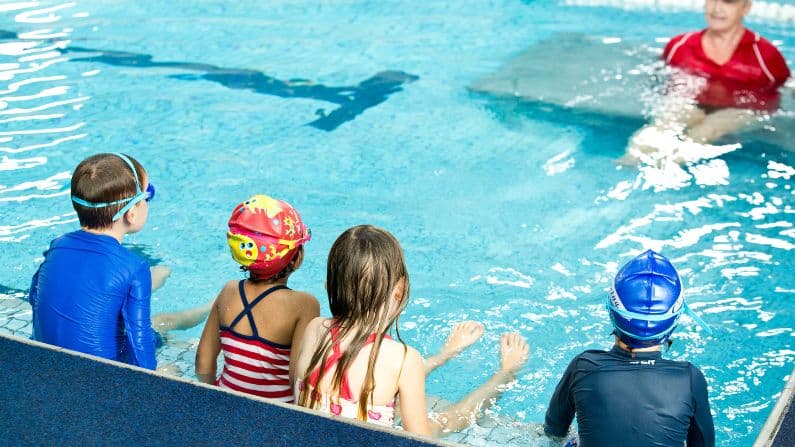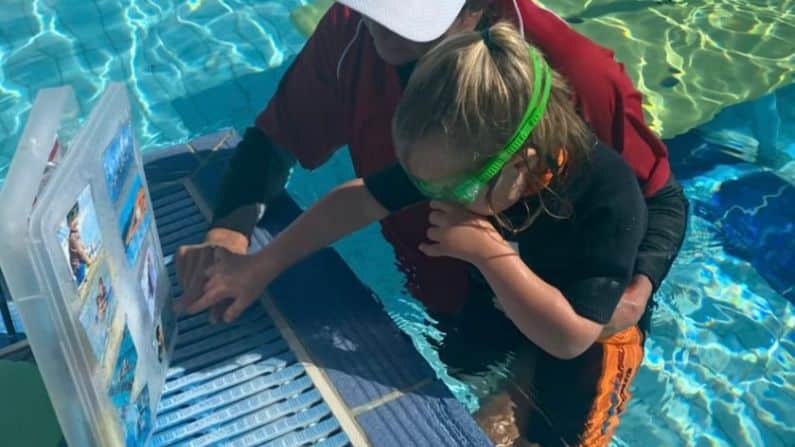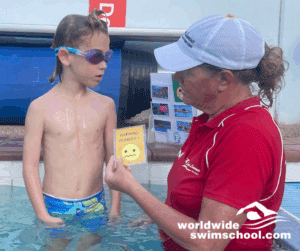The benefits of visual images are endless. They include structure/routine, visual learning, autonomy, bonding, stability and motivation. To establish a positive learning environment, teachers need to ensure students can understand, process and develop what is being asked of them. Visual images make a fantastic teaching tool which establishes interpretation due to simple, recognisable images.
Structure and Routine
Visual images set the scene for learning as they become a visual lesson plan. This can not only benefit the student but can also help by keeping the teacher on track. For some students, learning by routine establishes a calm environment. They can see what the order of skill sets are, which gives them time to process, focus and prepare.

Visual Learning
Humans are primarily visual learners. The visual images become a graphic representation of what is expected and determines correct outcomes for learning skills. Learning via verbal instructions can cause information overload for some students, causing processing and comprehending barriers. Visual images become a simple form of information which can be understood and retained.
Visual images are the simplest and most effective form of delivering information to the brain, by storing the information in our long-term memory. When used consistently, students will be quicker to identify images and perform skills, promoting positive learning outcomes.
Visual images make a fantastic teaching tool which establishes interpretation due to simple, recognisable images.
Autonomy
Students that are allowed autonomy can become self-motivated, inspired to achieve and more likely to engage in a learning environment. Visual images let students decide the order of skill sets and encourages independence.
It is recommended that when giving the choices of skills, to only lay out the tasks in which will suit the development of the students swimming. In other words, don’t overload them with too many choices. For example, I only lay out 6 – 8 visual cards, with two of them being fun activities. The student then decides the order of skill sets.
Bonding
The visual images eliminate confusion, therefore, becoming a great tool to establish bonding between student and teacher. It encourages both the teacher and student to engage in learning outcomes. This shows that you care how your students learn and lets them know they are important and worthy.
The teacher has eliminated misinterpretation by using simple visual examples, which suit the needs of the student. It creates calm and engaging lessons, which the student feels are achievable.

Stability
Students have a lot going on in their daily lives. Sometimes we only have them once a week for half an hour, so it can be very easy for them to forget what the learning skills are. Each week, when they see the visual images are the same as it was previously, it will remind them and eventually establish lesson structure. Again, providing a calm and positive learning environment is best.
Motivation
When students feel good in their learning environment, they are more likely to be motivated towards success and confident facing challenges. The visual images establish positive outcomes for the students’ learning styles and creates a lesson that promotes progression. When a student can visually see the end goal, as well as the steps of how to achieve that goal, the desire to reach it can be elevated.
Get started with our latest release visual communication support resources.
Join our community and keep up to date with new articles, special offers - it is free to join!
Looking for more information on learning how to swim - don't go past the Swim Library.





